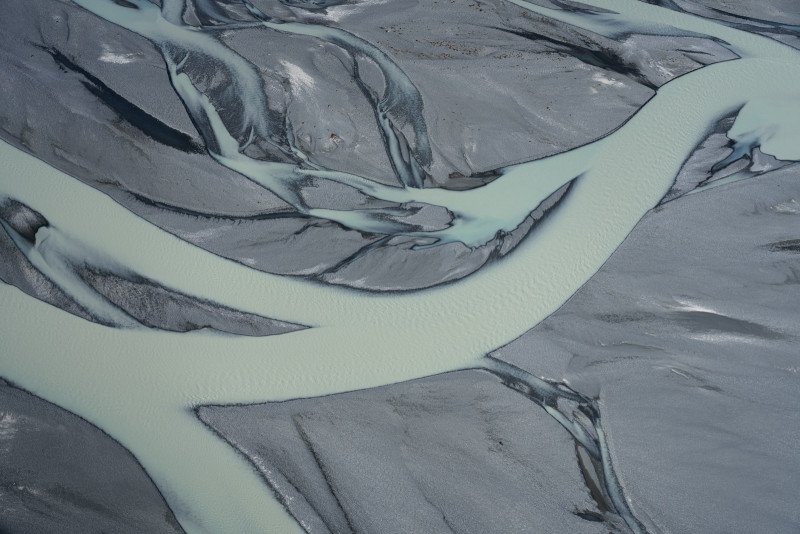On one of my last photography tours in New Zealand, I got to fly in a helicopter with my tour participants for the first time. Boy, I was excited! It was a thrilling experience; photographically speaking, it was a great challenge! I learned a good deal, and I boiled it down to 10 tips that will help you succeed in taking some great images on your helicopter flight.
As a heads-up, you cannot choose your seat; it will be assigned to you based on your and others’ weight.
Disclaimer: The article may include affiliate links. If you purchase something using them, I get a small commission at no extra cost to you.

- Tip #1: To avoid window reflections, wear black clothes and shoot as close to the window as you can.
- Tip #2: Use a mid-range zoom (e.g., Sony 24-105 mm); you will not have time or space to change lenses.
- Tip #3: Shoot in aperture priority, set f/5.6 – f/8 to have a decent depth of field. The scenery is moving fast!
- Tip #4: Turn on your stabilization and use very fast shutter speeds like 1/2000 sec or faster. After a minute, check the sharpness of the first few pictures to see whether it’s okay.
- Tip #5: Use Auto ISO and set your desired slowest shutter speed to 1/2000 sec.

- Tip #6: Don’t frame the shots too tightly, the helicopter is constantly moving, and you may lose an essential piece for your final composition.
- Tip #7: Don’t shoot aimlessly; rules of composition still apply. No matter how stressful it is at the moment.
- Tip #8: Shoot through the live view; shooting through the viewfinder will be complicated, and you could even hit your head against the camera in case of minor turbulence.
- Tip #9: Get familiar with the route ahead of time, and check Google Maps or Google Earth to know what to expect. You can prepare a shot list for the right and left sides and then use the one based on where you sit. I didn’t do it, but retrospectively, it would have been helpful.
- Tip #10: If you genuinely want to enjoy the flight and the scenery, leave your camera on solid ground. Time flew quickly; I saw most of the flight route through the LCD screen. After landing, I wished I could do another round and just watch.

I also want to point out that immediately after landing, I felt pretty disappointed with my shots but truth to be told, after having seen them on the computer, I saw I did okay. The images I share in this article are the ones I like most. Each image has its EXIF information attached to get an idea of exposure settings. I was shooting with Sony A7RII and Sony 24-105 mm f/4 G lens (thank you, Karyn, for lending me this lens!).

Have you ever flown in a helicopter while taking pictures? What would you recommend to your friend who’s about to embark on this unforgettable experience? I’d be happy if you could share your tips in the comments below.
I hope you are more confident in shooting from a helicopter after reading these ten simple tips and you find them helpful. When you are presented with a chance to fly in a helicopter, don’t hesitate to seize this opportunity! Fingers crossed so that you get some great shots! Feel free to share them in the comments along with your own experience.

